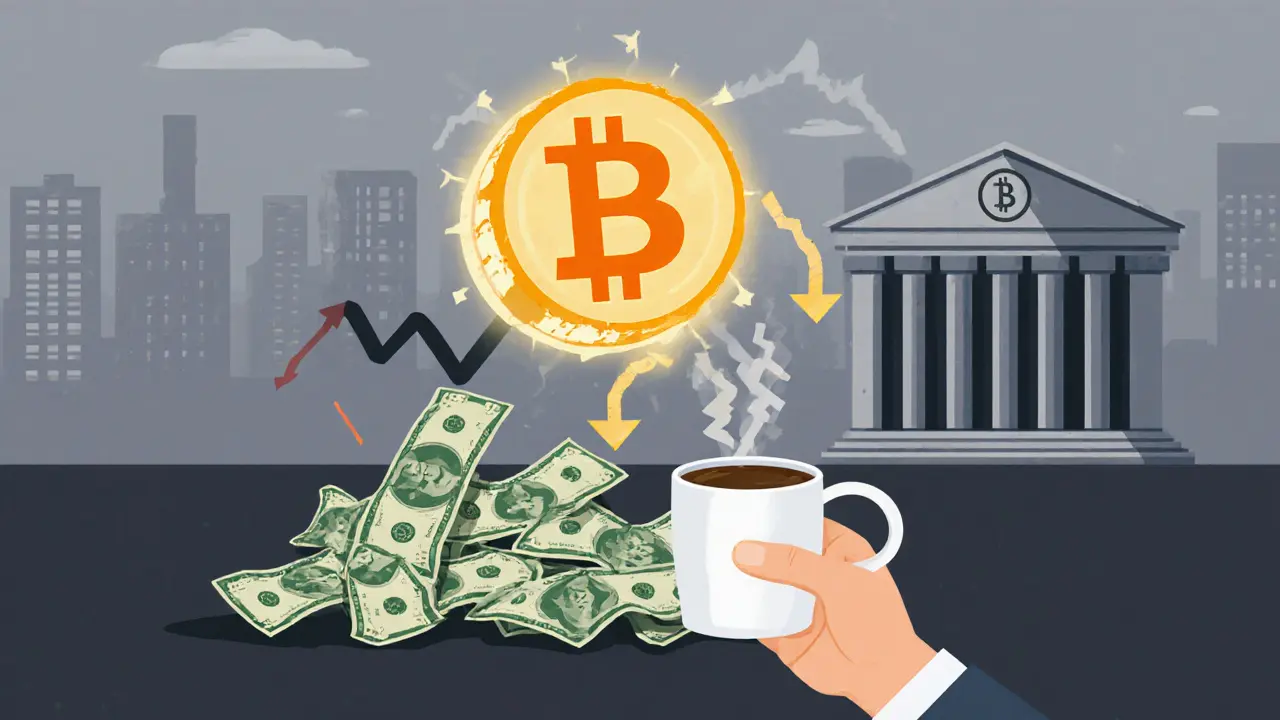Inflation Risk in Crypto: How Rising Prices Impact Your Wallet and Investments
When we talk about inflation risk, the danger that the value of money drops over time as prices rise. Also known as purchasing power erosion, it's not just a problem for traditional currencies like the US dollar or Thai baht—it’s creeping into crypto too. Even if you hold Bitcoin or Ethereum, your gains can vanish if the cost of living shoots up faster than your portfolio grows. This isn’t theory. In countries like Vietnam and Indonesia, where local currencies have lost value against the dollar, people aren’t just buying crypto for speculation—they’re using it to protect their savings from daily price hikes.
That’s why fiat currency, government-issued money like the Philippine peso or Malaysian ringgit. Also known as traditional money, it is the baseline for measuring crypto’s real value. If your country’s central bank prints more money, prices go up—and so does the pressure on digital assets to outpace that growth. You might think holding stablecoins like USDT or USDC solves this, but even those can lose trust if the companies behind them face liquidity issues or regulatory crackdowns. Look at what happened in Nigeria during the 2021–2023 crypto ban: people turned to P2P trading not because they loved crypto, but because their naira was losing 30% of its value in a year.
And it’s not just about price swings. digital assets, cryptocurrencies and tokens that exist on blockchain networks. Also known as tokenized value, it can be affected by inflation indirectly. When inflation rises, central banks hike interest rates. That makes borrowing expensive, which slows down DeFi lending, reduces trading volume, and hits meme coins hard. Projects like Carlo (CARLO) or Alterverse (AVC) that rely on hype and low-cost funding can collapse faster when money gets tighter. Meanwhile, tokens with real utility—like those tied to cross-border payments or energy-efficient blockchains—tend to hold up better because they solve actual problems.
What you’ll find in these posts isn’t just warnings. It’s a practical look at how inflation risk plays out in Southeast Asia: from UAE residents avoiding income tax on crypto gains to Iranian businesses navigating currency controls. You’ll see how people are using crypto not as gambling chips, but as a shield. Whether it’s airdrops like KOM or BIRD that offer new ways to earn, or exchanges like Quickswap v2 on Base that cut fees, the real story is how everyday users are adapting. This isn’t about getting rich overnight. It’s about staying ahead of a system where money loses value every single day—and what you can actually do about it.

